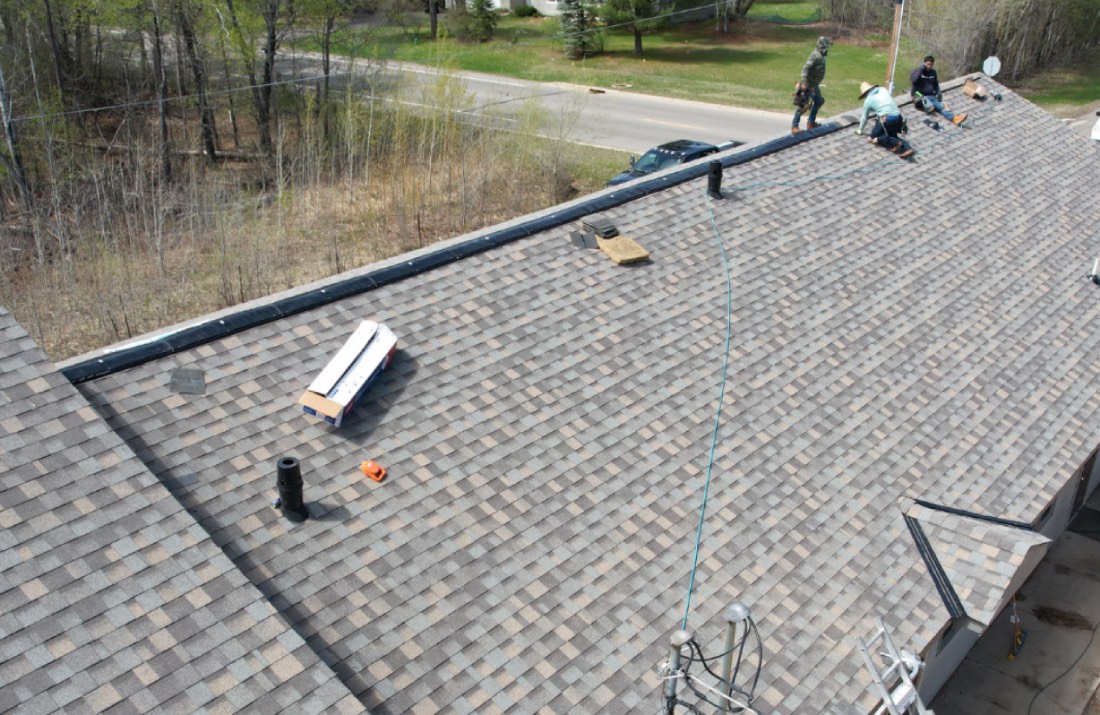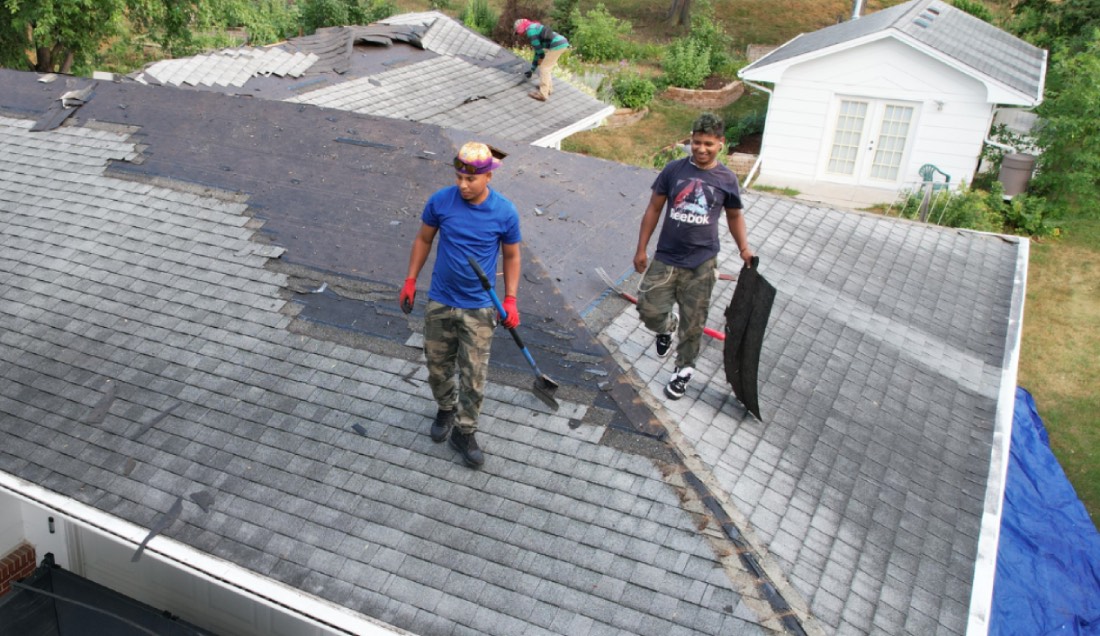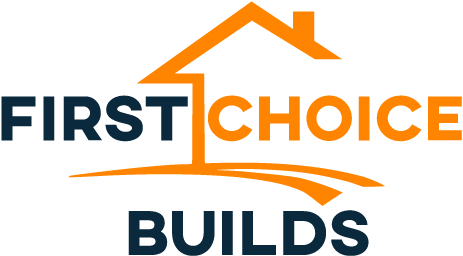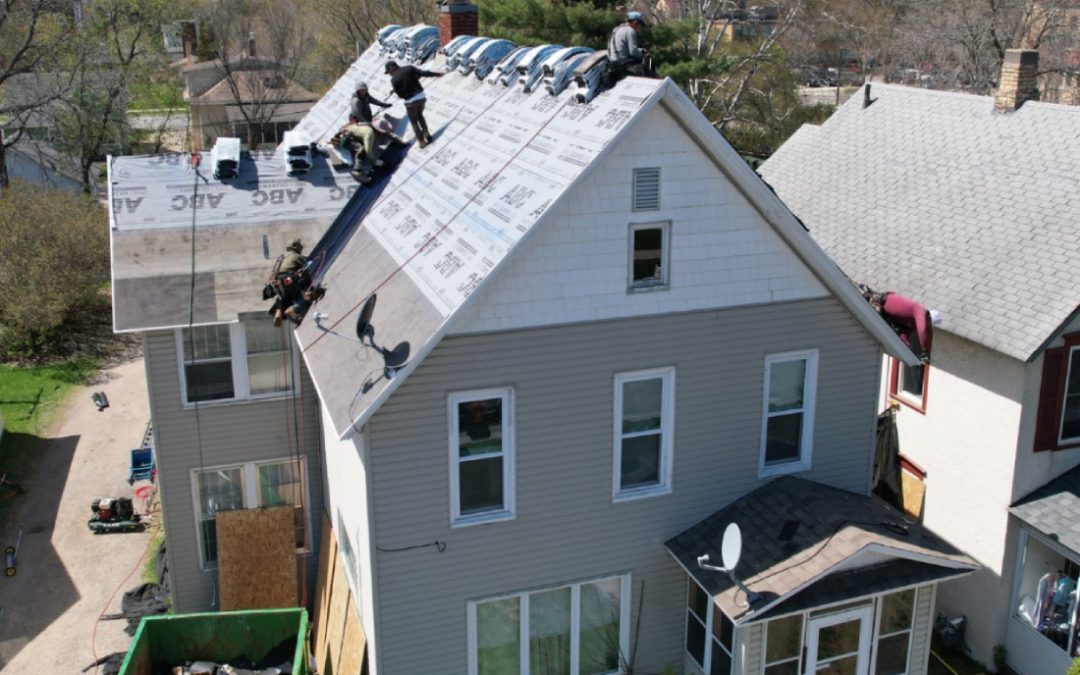Roofing is a critical aspect of any building project. Whether it’s a cozy home or a sprawling commercial complex, the roof plays a pivotal role.
Residential and commercial roofing, however, are not the same. They differ in design, materials, installation, and maintenance. Understanding these differences is crucial when planning a roofing project.
This article delves into the key differences between residential and commercial roofing. It also highlights the considerations you should keep in mind for your next project.
From choosing the right roofing contractors to understanding the importance of gutter installation, we’ve got you covered.
Understanding Roofing Basics
Roofing is more than just a cover for your building. It’s a complex system designed to protect, insulate, and enhance the aesthetic appeal of your property.
Different factors influence the choice of roofing. These include the building’s purpose, local climate, budget, and personal preferences.
Residential Roofing Overview
Residential roofing is typically steep-sloped and highly visible. It’s often designed to enhance the home’s architectural style.
Common materials for residential roofing include asphalt shingles, wood shakes, metal, and tile. Each material has its pros and cons in terms of durability, cost, and maintenance.
Commercial Roofing Overview
Commercial roofing, on the other hand, is often flat or low-sloped. It’s designed to accommodate HVAC systems and other equipment.
Materials used in commercial roofing include single-ply membranes like TPO and EPDM, built-up roofing, and modified bitumen. These materials are chosen for their durability, ease of maintenance, and suitability for flat roofs.
Key Differences Between Residential and Commercial Roofing

Residential and commercial roofing differ in several ways. These differences stem from the unique needs and requirements of each type of building.
- Design and structure: Residential roofs are often steep-sloped, while commercial roofs are typically flat or low-sloped.
- Material selection: Different materials are used in residential and commercial roofing due to their varying design and structural requirements.
- Installation and timeframe: The installation process and timeframe also differ, with commercial roofing often taking longer due to its complexity.
Roof Design and Structure
The design and structure of a roof are largely determined by the building’s purpose. Residential roofs are often designed to be aesthetically pleasing, while commercial roofs are more functional.
Commercial roofs often need to support heavy equipment. This requires a different structural design compared to residential roofs, which are typically lighter.
Material Selection
Material selection is another key difference between residential and commercial roofing. Residential roofs often use materials like asphalt shingles and tiles, which are suitable for steep slopes.
Commercial roofs, on the other hand, require materials that can withstand flat or low slopes. These include single-ply membranes and built-up roofing systems.
Installation and Timeframe
The installation process for residential and commercial roofs also differs. Residential roofing can often be completed in a day or two, depending on the size of the home.
Commercial roofing, however, can take several weeks to complete. This is because of the larger size and complexity of commercial roofs.
Choosing the Right Roofing Contractors
Selecting the right roofing contractors is crucial for a successful roofing project. They should have the necessary skills and experience to handle the specific type of roofing you require.
It’s also important to consider the reputation of the roofing company. Look for positive customer reviews and check if they have a good standing in the industry.
Certifications and Experience
Certifications can indicate a contractor’s level of expertise. Look for contractors who are certified by recognized industry bodies. This shows they have met certain standards of quality and professionalism.
Experience is also key. Contractors with many years of experience are likely to have encountered and solved a variety of roofing issues.
Insurance and Warranty Considerations
Insurance is another important factor to consider. Make sure the contractor has adequate insurance to cover any potential damages or accidents during the project.
Also, inquire about the warranty they offer. A good warranty can provide peace of mind, knowing that any future issues with the roof will be covered.
Roofing Services and Maintenance

Roofing services extend beyond installation. They encompass a range of activities designed to keep your roof in top condition. Regular maintenance is key to prolonging the lifespan of your roof.
Maintenance can help identify minor issues before they escalate into major problems. This can save you significant repair costs in the long run.
Regular Inspections and Repairs
Regular inspections are a crucial part of roof maintenance. They can help detect potential issues early, allowing for timely repairs.
Repairs should be carried out promptly to prevent further damage. Whether it’s replacing missing shingles or fixing leaks, timely repairs can ensure your roof remains functional and durable.
Importance of Regular Roof Inspections
Regular roof inspections are crucial for ensuring the longevity and performance of your roofing system. By incorporating routine inspections into your maintenance plan, you can identify potential issues early on and prevent costly repairs.
Inspection Checklist for Residential and Commercial Roofs
Roofing Materials: Inspect the condition of the roofing materials, including shingles, membrane, flashing, and sealants, to ensure they are intact and functioning as intended.
Gutters and Drainage Systems: Check gutters, downspouts, and drainage systems for clogs or damage to ensure proper water flow and prevent water infiltration.
Flashing and Penetrations: Examine flashing around roof penetrations, such as vents, chimneys, and skylights, to verify they are sealed properly and prevent leaks.
Interior Inspection: Conduct interior checks for signs of water stains, mold growth, or sagging ceilings, indicating potential roof leaks.
Roof Accessibility and Safety: Ensure safe access to the roof for inspections and maintenance, adhering to safety protocols to protect inspectors and the roof structure.
Regular Inspections and Repairs
Regular inspections are a crucial part of roof maintenance. They can help detect potential issues early, allowing for timely repairs.
Repairs should be carried out promptly to prevent further damage. Whether replacing missing shingles or fixing leaks, timely repairs can ensure your roof remains functional and durable.
Gutter Installation and Water Management
Gutter installation is another important aspect of roofing. Gutters play a crucial role in directing water away from your property, preventing water damage.
Proper water management is essential for maintaining the integrity of your roof. This includes ensuring proper drainage and waterproofing to protect your property from the elements.
Additional Roofing Considerations
Beyond the basic aspects of roofing, there are other considerations to keep in mind. These include energy efficiency, sustainability, and local climate factors. Each of these elements can significantly impact the performance and longevity of your roof.
Energy Efficiency and Sustainability
Energy efficiency is a key consideration in modern roofing. The right roofing materials and installation techniques can contribute to lower energy bills.
Sustainability is another important factor. Opting for recyclable materials or green roofing options can reduce your property’s environmental impact.
Local Climate and Environmental Factors
Your local climate can greatly influence your roofing choices. For instance, certain materials may be more suitable for areas with heavy rainfall or high temperatures.
Environmental factors, such as local wildlife and vegetation, can also affect your roofing decisions. It’s important to consider these elements to ensure your roof is well-suited to its surroundings.
Conclusion: Making an Informed Decision
Choosing the right roofing for your property is a significant decision. It requires careful consideration of various factors, from the type of property and local climate to the choice of roofing contractors and materials.
By understanding the key differences between residential and commercial roofing, you can make an informed decision that suits your needs. Remember, a well-chosen and well-maintained roof not only protects your property but also enhances its value and aesthetic appeal.
For expert residential or commercial roofing services in Minnesota or Wisconsin, contact First Choice Builds today!

